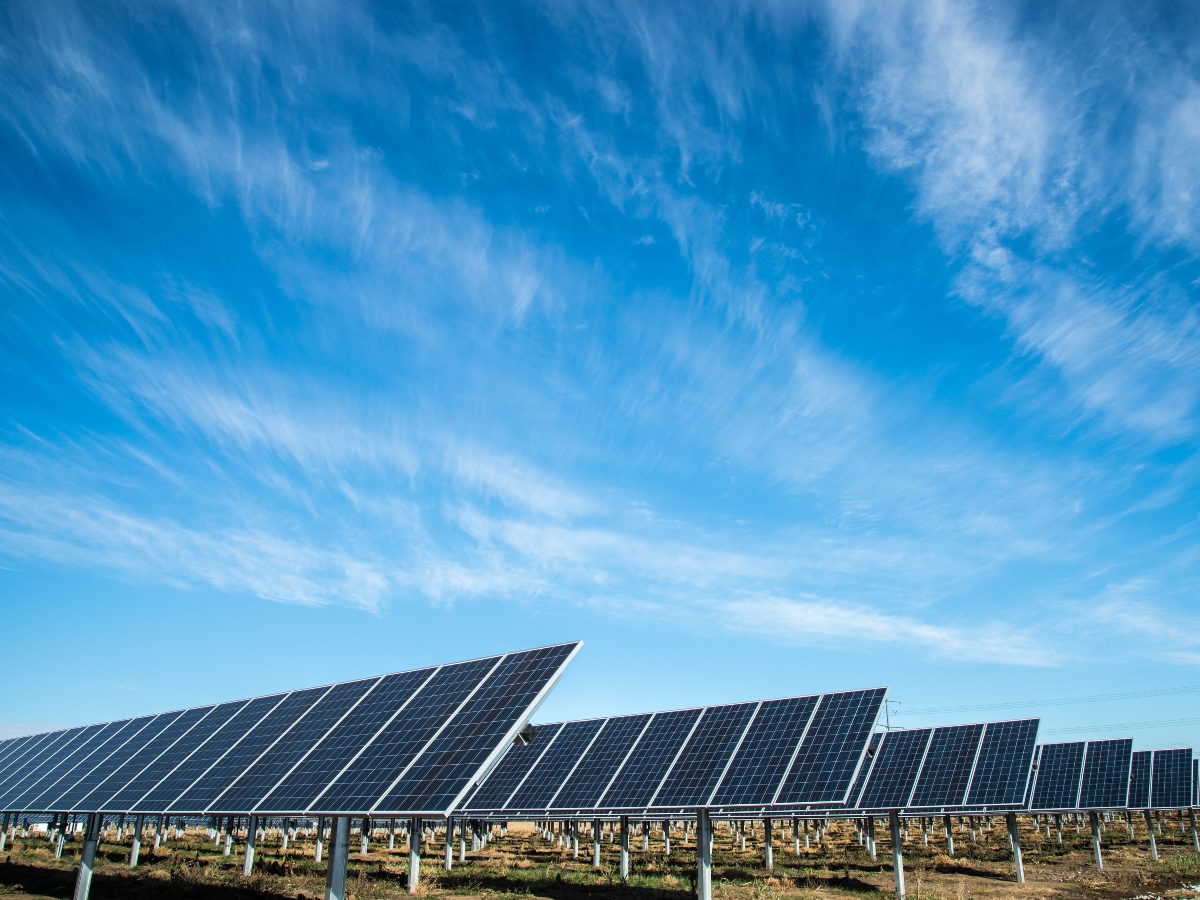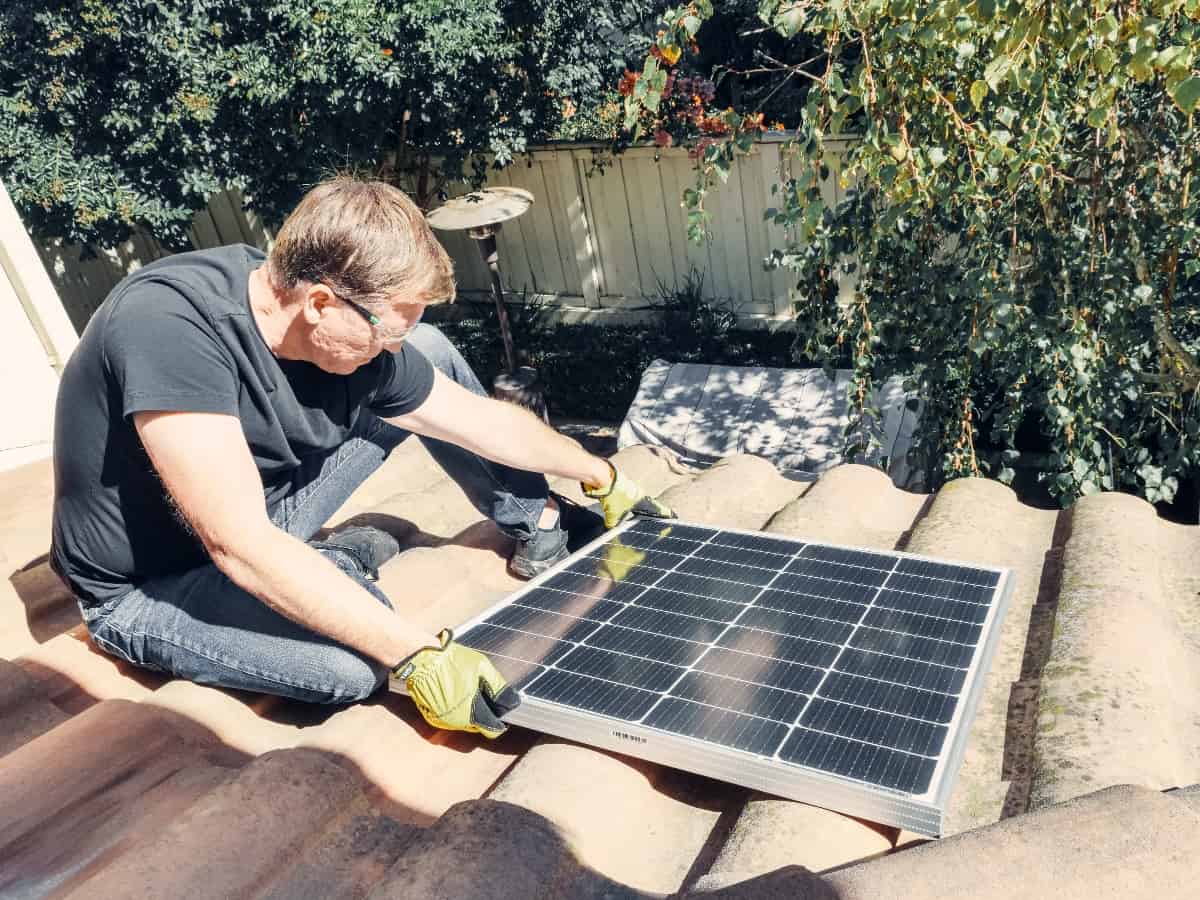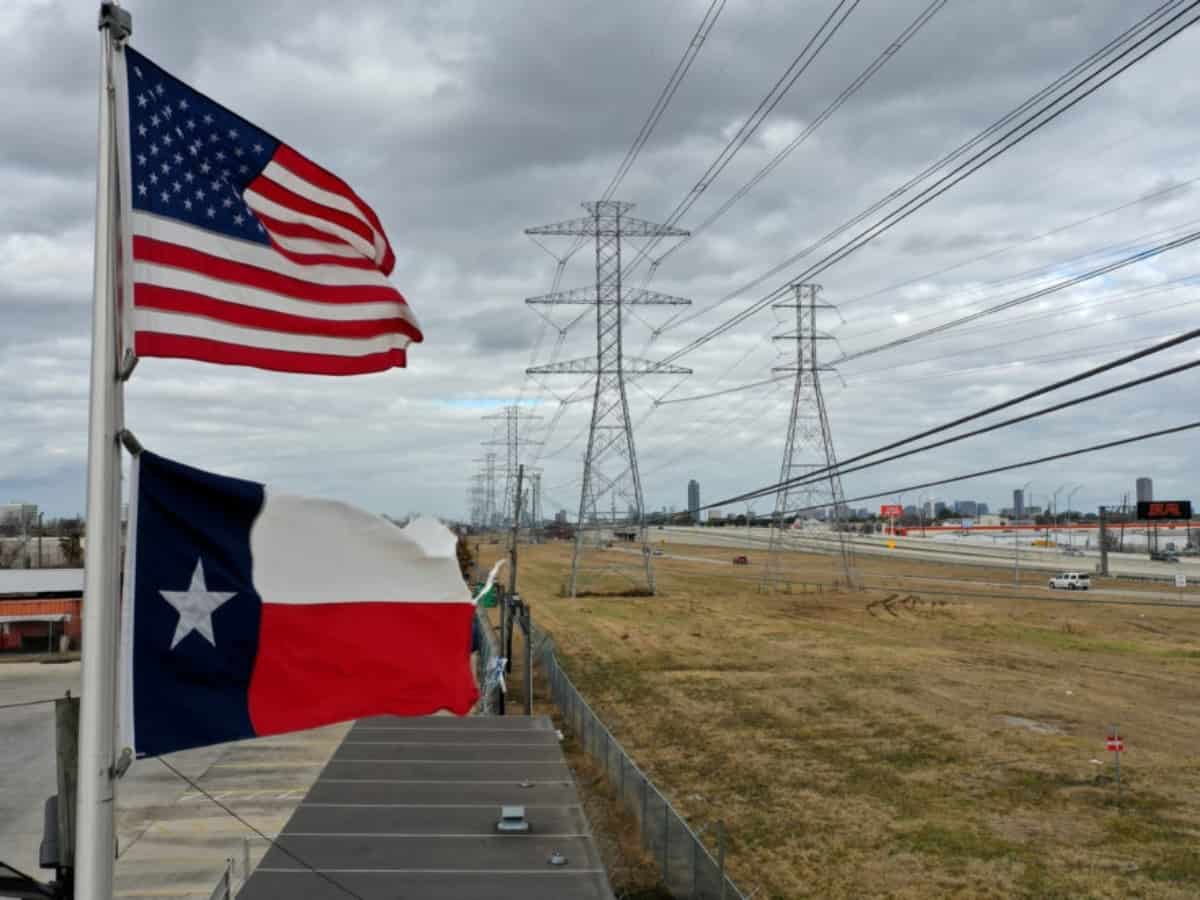If there is one thing Texans are, it’s proud. They’re proud of their great state, the sweeping landscapes, and the bragging rights of an average of 234 sunny days a year. With all those sunny days, it might be an obvious choice for business and homeowners to utilize solar panels. Unfortunately, that’s wrong. Texas solar energy is behind, compared to other states. After the winter storm that hit Texas in February of 2021, many were left without power and wondering if solar energy was the change that they needed.
On average, the United States is at 26.7% solar capacity, megawatts per million residents. Leading the pack in America is California, boasting 95.4%. Texas, however, is scraping by with 7.2% with an average solar energy making up for .5% of the state’s electricity generation.
Discover Energy Audits with Solar Energy and ONIT Home
Try our Free Energy Audit to make sure your home is performing at optimum energy efficiency. We’ll inspect every nook and cranny of your home to make sure it’s best serving your needs. We’ll also give you tips on lowering your energy bills, conserving energy, and creating a more efficient space. To learn more about how we can help you maintain a top performing home, visit us online to get started!

So, How Did We Get Here?
There are three main reasons that point to the new resurgence, and why there was a previous lag in production.
Texas Solar Energy Lag Reason #1: Net Metering
Texas is one of two states that does not enforce power companies to buy a surplus in residential areas. This is called net metering. Net metering is an incentive that allows users to utilize excess stored energy from the grid in exchange for credits. Therefore, when the grids are under production (think nighttime, or a rainy day), homeowners can pull energy from the grid to offset any further costs of energy. Without these billing incentives, Texans are less likely to make the switch to a green alternative.
Texas Solar Energy Lag Reason #2: Electricity is Cheap in Texas
Solar leader California has an expensive electricity price tag of $0.17/per kilowatt-hour, while Texas sits at $0.11/per kilowatt-hour, and specifically Dallas is $0.08/per kilowatt-hour. With a cheaper outlay in electricity costs, there was less of a financial incentive to implement solar panels than California had. When solar panels initially came into production, let’s be real, they were expensive. In early studies, it was recommended to overbuild solar plants to benefit any intermittency issues with early production of panels. With a heavy price tag and low energy costs, it didn’t make sense for Texas to make that initial investment.
Texas Solar Energy Lag Reason #3: Politics
Unfortunately, solar panels and renewable energy sources are put into a category of climate change. That means that is then put on politicians to take action. In a primarily red state, turning the state green can be an uphill battle. Texas left these policies up to the discretion of utility companies instead of making a statewide incentive policy, like so many other states did. Environmentalists tend to blame the state legislators for stunting any early growth that Texas could have had.
For a reference point in early production, in 2014 Texas had roughly 200 megawatts of solar-power panels installed. This number is less than New Jersey, New York and Massachusetts combined. Texas is the leader in wind energy, and frankly, solar just fell to the back burner. However, all of that is changing. With land and labor being cost effective, the push towards the installation of solar energy is increasing.

Why Should Texans Go Solar?
First, your wallet will thank you. For an additional incentive, America offers a 22% Federal Investment Tax Credit (ITC). This tax credit expires in 2022 unless Congress renews it. Solar energy also adds to a home’s value. In a Dallas market that is always booming, having a renewable energy edge can help you stand out. Texas includes solar panel installation as a property tax exemption. Adding solar panels can increase your value by an average of $8,000.
As of September 2020, the average solar panel cost in Texas is at $2.76/Watt (W). Solar panel system sizes are 5 kilowatt (kW), and the average solar installation ranges in cost from $11,730 to $15,820 with the average gross price for solar in Texas at $13,800. Solar energy is an investment that will pay out over time, so don’t let the price tag deter you from making the switch.
In addition to tax incentives, you’re creating your own energy! This means getting rid of electricity bills. With the net metering, your solar panels will still work regardless of rain, snow, or clouds. There are plenty of solar savings in the DFW metroplex and more.
Solar Panel Savings in Texas
It’s time to make the switch to solar energy! When it comes to solar installation, look no further. At ONIT, we make it our goal to match every home with the best solar panels on the market. From first time questions, installation, and concerns, we’re here for you. To learn more about how ONIT Solar can change your life, visit us online for a free quote or give us a call at 1-833-433-0331.
Interested in learning more about how solar solutions can benefit your home? Reach out to the professionals at ONIT for a personalized quote. ONIT’s expert team can help make your green energy goals a reality. And when you install a solar power system with ONIT Home, you can install a whole home water filtration system and smart security system for FREE with installation in two weeks. Contact us today at 1-833-433-0331 to learn how you can enjoy this special offer.



